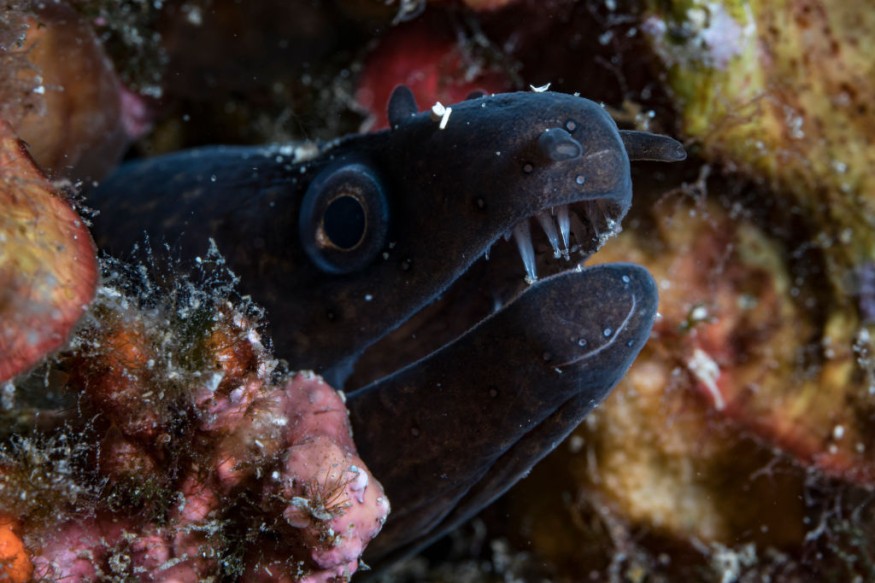A footage of a scary-looking eel poking its head up in the surf of Hilton Head Island circulated social media on Tuesday, June 29.
While Joe Grondalski and girlfriend Shannon Ruff were walking along Hilton Head Island's beach, what was likely an eel, popped out of the sand and buried itself back in, popping out a few moments later with its mouth open. Ruff immediately called the attention of S.C. Department of Natural Resources to report the finding of the strangely unique animal.

According to the spokesperson of S.C. Department of Natural Resources, the animal was part of the snake eel family Ophichthus gomesii, which their behavioral patterns were rarely studied at the time.
"We were stumped. We've been living here maybe five years, but we've been coming to Hilton Head since the early '80s, and we've never seen anything like this," said Grondalski in an interview.
The post also garnered similar comments in Facebook, saying the species was never seen before and is 'so scary looking'. DNR eventually confirmed that shrimp eels are not invasive and are harmless to humans.
The Shrimp Eel's Identification
Since the species of shrimp eels were barely studied before, DNR biologists had a hard time themselves examining the eel's identification. They then confirmed that the eel in beach of South Carolina was a shrimp eel, member of the Snake Eel or Ophichthidae Family, also known in Mexico as tieso camaronero.
Biologically, shrimp eels have elongated, cylindrical, and snake-like bodies that can grow up to 35.9 inches long. If you see it for the first time, you can possibly mistake it as a snake. They are typically brown or gray, and can transition to a lighter color. Their conical head and large eyes, along with their small conical teeth will truly make you jump on your feet when it pops its head on you from out of nowhere.
According to a Texas Parks and Wildlife Department website, most of the snake eels bury themselves tail-first into the sand in the daytime and abandon their burrows at night.
"If eaten whole by another fish, they have been known to try and burrow their way out of the predator's stomach," the website said.
Shrimp Eels' Conservation Status
"We're both animal lovers, and the ocean holds all kinds of strange creatures. It was more like, 'Oh my God, what is that?'," Grondalski said when asked about their first impression of the eel.
While these eels are 'poorly studied' at the moment, conservationists say that they are easy to identify among other species. In addition, shrimp eel populations are currently considered wide and stable, abundant in certain areas like Mexican waters of the Atlantic Ocean including the Gulf of Mexico and the Caribbean. They have also been identified off the coasts of North Carolina, South Carolina, Georgia and Florida according to the Smithsonian Tropical Research Institute.
DNR representative Erin Weeks said that seeing shrimp eels in the surfs of Hilton Head beach was unusual, but the couple said that finding the animal was more surprising than frightening.
© 2025 NatureWorldNews.com All rights reserved. Do not reproduce without permission.





